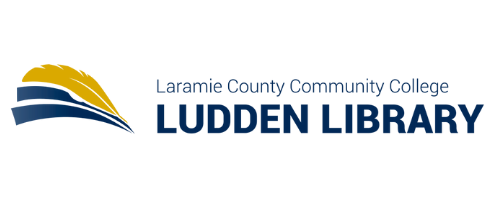Crashes, crises, and calamities : how we can use science to read the early-warning signs
(Book)
Author
Published
New York : Basic Books, c2011.
Physical Description
xviii, 233 pages : illustrations ; 22 cm.
Status
Laramie County Community College - Main Collection
HV675 .F49 2011
1 available
HV675 .F49 2011
1 available
Summary
Loading Description...
Also in this Series
Checking series information...
Copies
| Location | Call Number | Status |
|---|---|---|
| Laramie County Community College - Main Collection | HV675 .F49 2011 | On Shelf |
| Location | Call Number | Status |
|---|---|---|
| Gillette College Library - Main Collection | 363.34 L534C | On Shelf |
| Natrona Co. Public Library - Nonfiction | 363.34 FISHER | On Shelf |
| Northwest College - Hinckley Library - Second Floor | 363.34 F534C | On Shelf |
| Sheridan College Kooi Library - Main Collection | 363.34 F534C | On Shelf |
More Details
Published
New York : Basic Books, c2011.
Format
Book
Language
English
Notes
Bibliography
Includes bibliographical references and index.
Summary
Drawing on ecology and biology, math and physics, the author offers four fundamental tools that scientists and engineers use to forecast the likelihood of sudden change: stability, catastrophe, complexity, and game theories.
Reviews from GoodReads
Loading GoodReads Reviews.
Citations
APA Citation, 7th Edition (style guide)
Fisher, L. (2011). Crashes, crises, and calamities: how we can use science to read the early-warning signs . Basic Books.
Chicago / Turabian - Author Date Citation, 17th Edition (style guide)Fisher, Len. 2011. Crashes, Crises, and Calamities: How We Can Use Science to Read the Early-warning Signs. Basic Books.
Chicago / Turabian - Humanities (Notes and Bibliography) Citation, 17th Edition (style guide)Fisher, Len. Crashes, Crises, and Calamities: How We Can Use Science to Read the Early-warning Signs Basic Books, 2011.
MLA Citation, 9th Edition (style guide)Fisher, Len. Crashes, Crises, and Calamities: How We Can Use Science to Read the Early-warning Signs Basic Books, 2011.
Note! Citations contain only title, author, edition, publisher, and year published. Citations should be used as a guideline and should be double checked for accuracy. Citation formats are based on standards as of August 2021.
